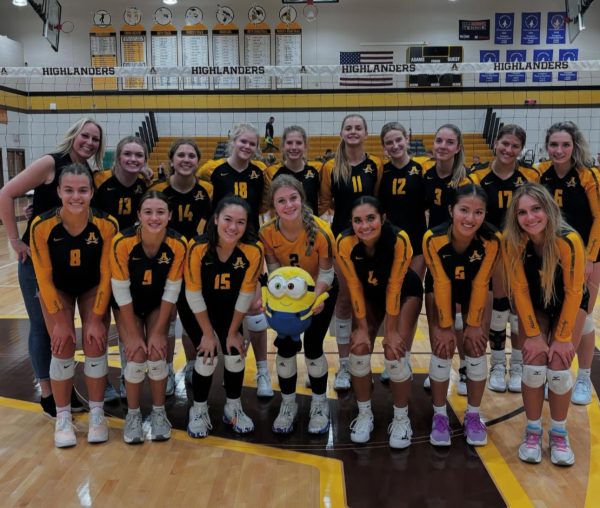Federal Budget Proposals to Defund Public Schooling

Adams’ fantastic arts program saw many budget cuts in past years. Which program may be gutted next?
The Trump administration, as well as the Republican Congress, are battling to defund programs across the board. Four days ago, the White House introduced its budget for 2017. The newly proposed federal budget, if passed, cuts federal discretionary spending to the lowest levels in over a decade. Many programs for public schools would be affected by the austerity. Meals on Wheels, arts programs, and many more face the axe under the new spending plan.
Notably, federal education spending could potentially be gutted in the new plan. Many public schools like Adams receive federal funding for education, so the results could hit chronically underfunded schools hard.
Michigan spent about nine and a half thousand dollars per student on education between 2013 and 2014. This money is not distributed evenly; some schools spend more on education than others. Charter schools in particular tend to spend less on instructors’ wages and budgets than public schools.
If the budget passes, states would receive less in grants to spend on education which would, in turn, mean states could give less to their public schools. If this happens, the chronically underfunded Michigan public school system would be forced to make even greater cuts.
Mr. Dan Carruthers, who teaches AP Computer Science for both Adams and Rochester High School students, says the school faculty works hard so the quality of education stays high.
“We try to make students not notice the impact of the budget. I use open source software whenever I can in my class, but other teachers need more expensive licensed software.”
He also expressed he was content with the Business and Computer Science department’s current level of funding, which is partially financed by the state of Michigan.
“It would always be great to have more [money], but I don’t feel limited or restricted… Our CTE or Business classes are certified and accredited. The state provides extra funding, which varies year to year.”
Mr. Carruthers could not recall when his department ever received a large budget cut. If the school was forced to cut back on its spending, it could impede his ability to provide the same high quality education.
“We wouldn’t be able to provide the most up-to-date software. We could teach [students] with the older versions, but the old tools wouldn’t translate as well to the workforce as well. We also wouldn’t be able to get new computers every few years, so [students] would have to work on old, slow computers, and waste class time for them to boot up.”
Rochester Adams High School would not even bear the heaviest burden of education cuts. The dilapidated state of public schooling in Detroit could worsen. As of January, a total of 24 schools in Detroit could face closure, for a total of 38 statewide. The reasons for these closures range from poor building conditions, to poor treatment of staff and opposition to unionization, and inability for the district to provide transportation.
Even schools here in Oakland County are threatening to shut down. Pontiac High School and Whitman Elementary could both close their doors before the 2017-2018 school year. The state of Michigan gives poor academic performance (Pontiac is in the bottom 5% in the state for academics,) but is it the school’s fault that their academics are falling to the wayside?
While Adams’ arts program might be underfunded, it is even worse for Pontiac schools: They do not even have an arts program. Without the well rounded and diverse curriculum Adams provides its students, these underfunded schools do not stand a chance when compared to wealthier public schools.
While the state does spend roughly a third of its budget each year on education, not all of that money makes its way to the schools that need it most. A huge portion of the education budget actually goes to for profit private schools and charter schools. These private schools are mostly located in wealthier areas of Michigan, where parents can afford to pay the tuition.
Meanwhile, public schools in poor, urban areas are closing by the dozen because they cannot make ends meet.
This raises the question: why are taxpayers paying for schools that most of them cannot even afford to send their children to? Private schools are supposed to be businesses, after all, so why can they not fund themselves?
If the federal budget passes, the state of Michigan will get fewer grants to spend on education. Even if the budget does not pass, 38 schools across the state are still about to close. The state, however, does not need to raise taxes or cut other areas to salvage its public school system. They have all the money they need, they just need to change how they spend it.
Public schools, particularly urban schools, are the only chance many children have at an escape to the vicious cycle of poverty in America. Schools shutting down their arts programs, their athletics programs, and finally, their doors, could rob disadvantaged youths of their future.
Many Adams students are fortunate to live in a district which can pay for a nationally commended and well rounded education for its students, but that could change if the district can not be sure of their budget year to year.
Hopefully, if education does get slashed, Michigan’s legislature will not make public school students suffer for it.









